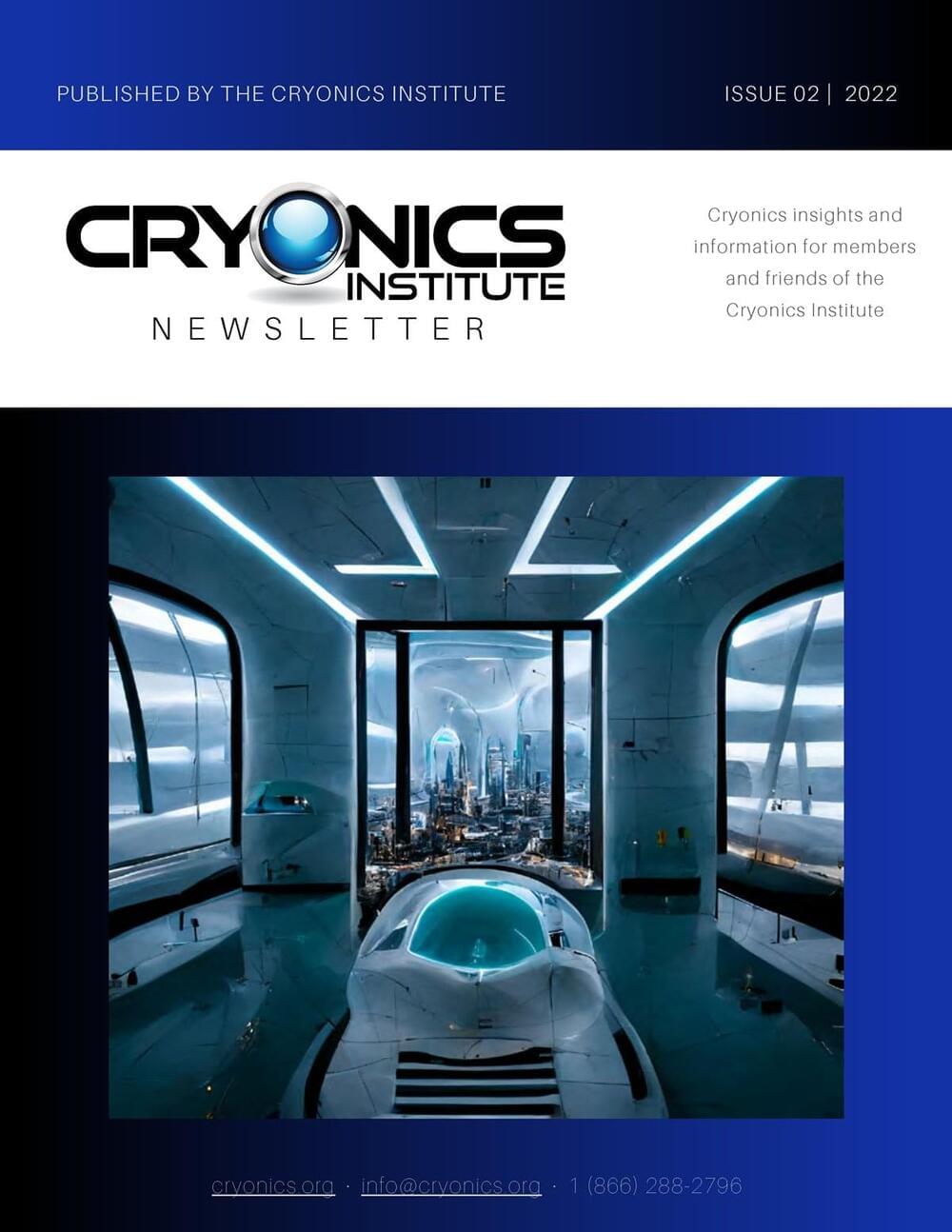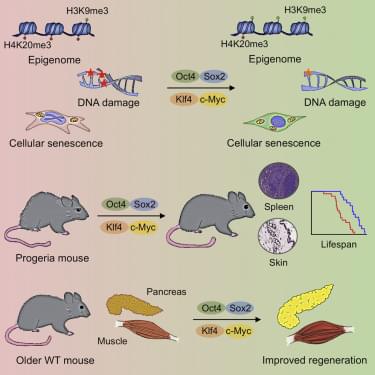Archive for the ‘life extension’ category: Page 173
Aug 29, 2022
Dr. Max More | This Past Weekend w/ Theo Von #404
Posted by Paul Battista in categories: cryonics, law, life extension, neuroscience

Dr. Max More is a philosopher, writer, speaker and expert in Cryonics — the process of cryopreserving a body at the time of legal death in the hopes of reviving them in the future.
Theo talks with Dr. More about what actually happens when we die, the future of mankind, and if Theo would preserve his brain for science.
Continue reading “Dr. Max More | This Past Weekend w/ Theo Von #404” »
Aug 28, 2022
FDA APPROVED Drug Reverses Vascular Aging in Mice!
Posted by Jeff Myers in categories: biotech/medical, life extension
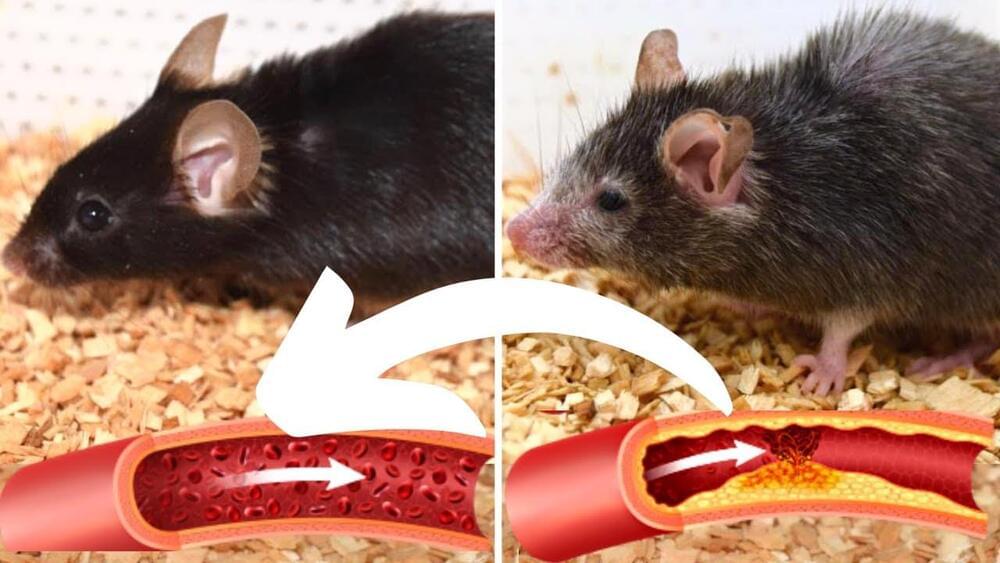
Hey it’s Han from WrySci-HX talking about how the anti diabetic drug Empagliflozin, brand name Jardiance, has reversed signs of vascular aging in mice! Is this why we’re seeing its benefits in humans? More below ↓↓↓
Subscribe!
Continue reading “FDA APPROVED Drug Reverses Vascular Aging in Mice!” »
Aug 28, 2022
Metformin & Rapamycin Show Combined Benefits in New Study
Posted by Montie Adkins in categories: biotech/medical, life extension
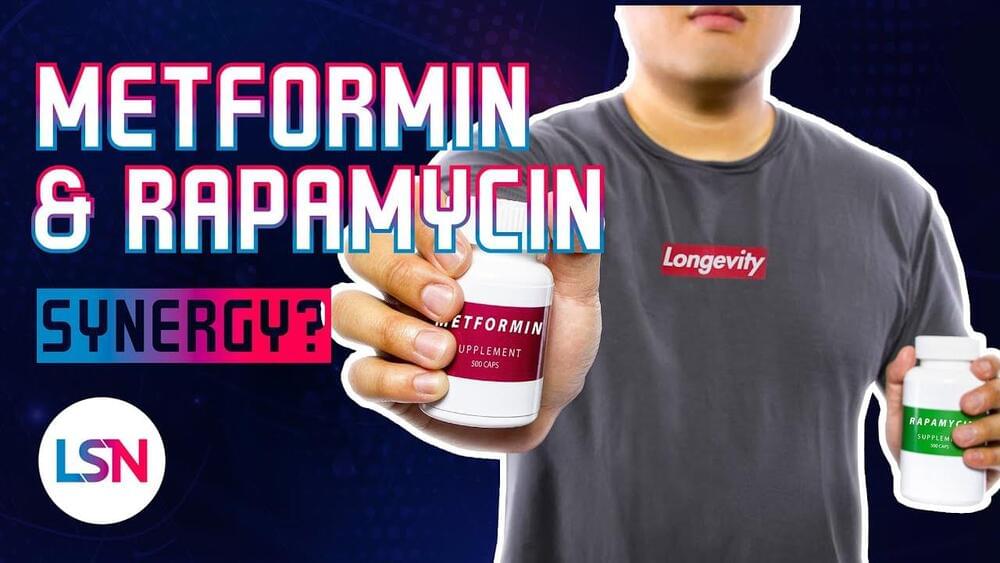
They boost each other and block side effects? (In mice)
Rapamycin and metformin are viewed by many as the two most promising anti-aging drugs, but now scientists have found that these drugs can work hand in hand and show combined benefits, boosting each other’s effectiveness and blocking side effects — or at least that’s what we’ve seen in mice.
Continue reading “Metformin & Rapamycin Show Combined Benefits in New Study” »
Aug 28, 2022
Epigenetic Tests #1 and 2: Horvath, Hannum, DunedinPACE
Posted by Mike Lustgarten in categories: genetics, life extension

Join us on Patreon!
https://www.patreon.com/MichaelLustgartenPhD
TruDiagnostic Discount Link (Epigenetic Testing)
CONQUERAGING!
https://bit.ly/3Rken0n.
Continue reading “Epigenetic Tests #1 and 2: Horvath, Hannum, DunedinPACE” »
Aug 27, 2022
Scientists map genome regions that regulate speed of brain aging
Posted by Kelvin Dafiaghor in categories: biotech/medical, life extension, neuroscience
NIA-funded researchers identified areas of the genome responsible for accelerating or slowing down brain aging.
Aug 27, 2022
Open Mic Night, including Dr. Aubrey deGrey, Gennady Stolyarov, Jose Cordeiro & Joseph Kowalsky
Posted by Paul Battista in categories: education, life extension
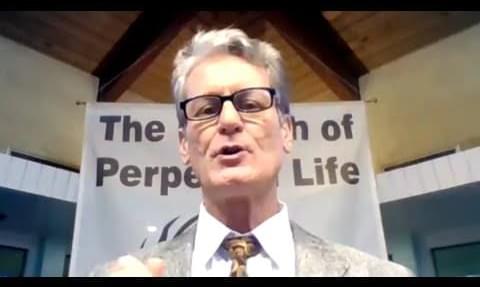
Including Charlie Kam, Dr. Aubrey deGrey, Valery Chuprin, Jose Cordeiro, Gennady Stolyarov, Joseph Kowalsky & Richard Daley.
Please share this event with someone that you care about.
Aug 26, 2022
Existential Hope Special with Morgan Levine | On the Future of Aging
Posted by Paul Battista in categories: biotech/medical, genetics, life extension, mathematics, robotics/AI
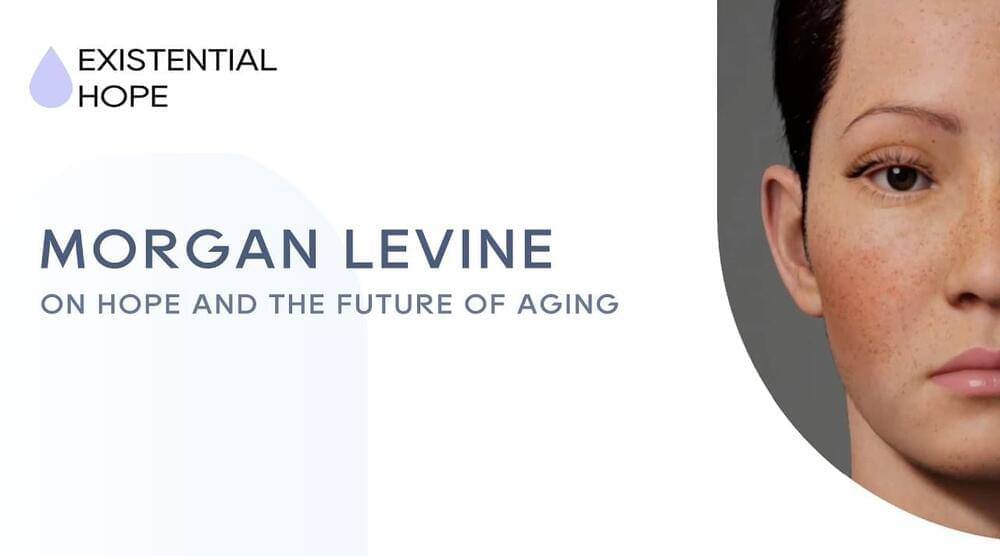
Foresight Existential Hope Group.
Program & apply to join: https://foresight.org/existential-hope/
In the Existential Hope-podcast (https://www.existentialhope.com), we invite scientists to speak about long-termism. Each month, we drop a podcast episode where we interview a visionary scientist to discuss the science and technology that can accelerate humanity towards desirable outcomes.
Continue reading “Existential Hope Special with Morgan Levine | On the Future of Aging” »
Aug 26, 2022
The Cryonics Institute Newsletter Issue 02
Posted by Heather Blevins in categories: cryonics, life extension
2022 https://www.cryonics.org/images/uploads/magazines/CI_NEWS-2022-02.pdfdiv.
THE CRYONICS INSTITUTE NEWSLETTER ISSUE 2, 2022 https://www.cryonics.org/images/uploads/magazines/CI_NEWS-2022-02.pdf
Aug 26, 2022
In Vivo Amelioration of Age-Associated Hallmarks
Posted by Quinn Sena in category: life extension
Circa 2016 face_with_colon_three aging reversed.
Cellular reprogramming by transient expression of Yamanaka factors ameliorates age-associated symptoms, prolongs lifespan in progeroid mice, and improves tissue homeostasis in older mice.


